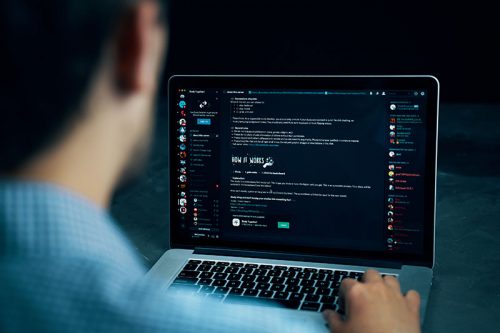MarioLocker Ransomware
Threat Scorecard
EnigmaSoft Threat Scorecard
EnigmaSoft Threat Scorecards are assessment reports for different malware threats which have been collected and analyzed by our research team. EnigmaSoft Threat Scorecards evaluate and rank threats using several metrics including real-world and potential risk factors, trends, frequency, prevalence, and persistence. EnigmaSoft Threat Scorecards are updated regularly based on our research data and metrics and are useful for a wide range of computer users, from end users seeking solutions to remove malware from their systems to security experts analyzing threats.
EnigmaSoft Threat Scorecards display a variety of useful information, including:
Ranking: The ranking of a particular threat in EnigmaSoft’s Threat Database.
Severity Level: The determined severity level of an object, represented numerically, based on our risk modeling process and research, as explained in our Threat Assessment Criteria.
Infected Computers: The number of confirmed and suspected cases of a particular threat detected on infected computers as reported by SpyHunter.
See also Threat Assessment Criteria.
| Threat Level: | 100 % (High) |
| Infected Computers: | 4 |
| First Seen: | November 29, 2019 |
| Last Seen: | September 10, 2021 |
| OS(es) Affected: | Windows |
The MarioLocker Ransomware is a new ransomware threat that was spotted by malware experts recently. It would appear that this brand-new data-encrypting Trojan does not belong to any of the popular ransomware families. Like most threats of this kind, the MarioLocker Ransomware would compromise a system, look for popular file types, apply and encryption algorithm to lock the targeted data, and then demand a ransom fee to reverse the damage.
Propagation and Encryption
Researchers are not fully certain how the authors of the MarioLocker Ransomware are propagating this threat. The most common propagation method, when it comes to file-locking Trojans, is spam emails. These emails would often contain a macro-laced document that is meant to seem harmless. However, upon opening the attached document, the user’s system will be infected. Authors of ransomware threats often use bogus application updates, fake pirated variants of legitimate software tools, and torrent trackers, among many other methods, to spread their nasty creations. Upon infecting the targeted system, the MarioLocker Ransomware will scan it to detect the locations of the files that are considered of interest. When the scan is completed, the MarioLocker Ransomware will apply an encryption algorithm to lock the targeted files. This file-locking Trojan is likely to go after a wide variety of files, images, music, documents, databases, videos, archives, presentations, etc. The more files the MarioLocker Ransomware locks, the more likely it is for the victim to pay up. Upon locking a file, the MarioLocker Ransomware applies a new extension to the affected files. This ransomware threat follows a certain pattern when renaming the files - ‘.wanted
The Ransom Note
The attackers’ ransom message can be found in a file named ‘@Readme.txt.’ However, they have neither mentioned a specific ransom fee, which will be demanded from the victim nor have they included any instructions on how to process the payment. Funny enough, they have not included any contact details either, which is rather unusual for authors of ransomware. Instead, they insist that the user opens a list of encrypted data located in ‘C:\Windows\Temp\YourFiles.txt.’
Despite the lack of a specific ransom fee being mentioned, you can be sure that the authors of the MarioLocker Ransomware will not agree to unlock your data for free but instead will demand a hefty sum in exchange for a decryption key. Instead of paying up the ransom fee, you should look into investing in a legitimate anti-malware application that will rid you of the MarioLocker Ransomware for good and keep your computer safe in the future.

